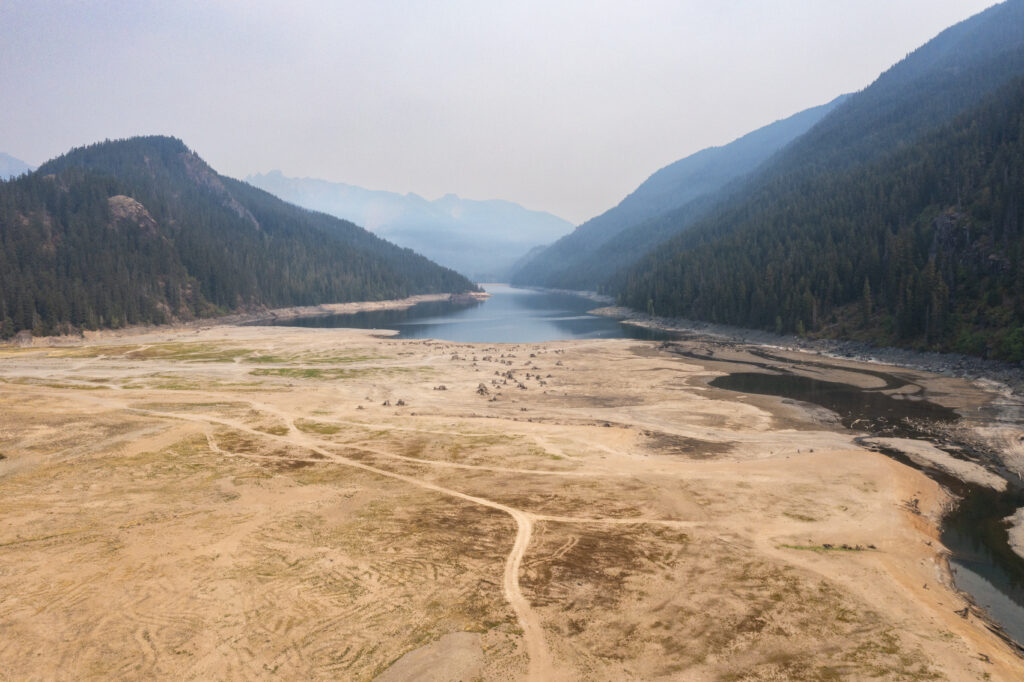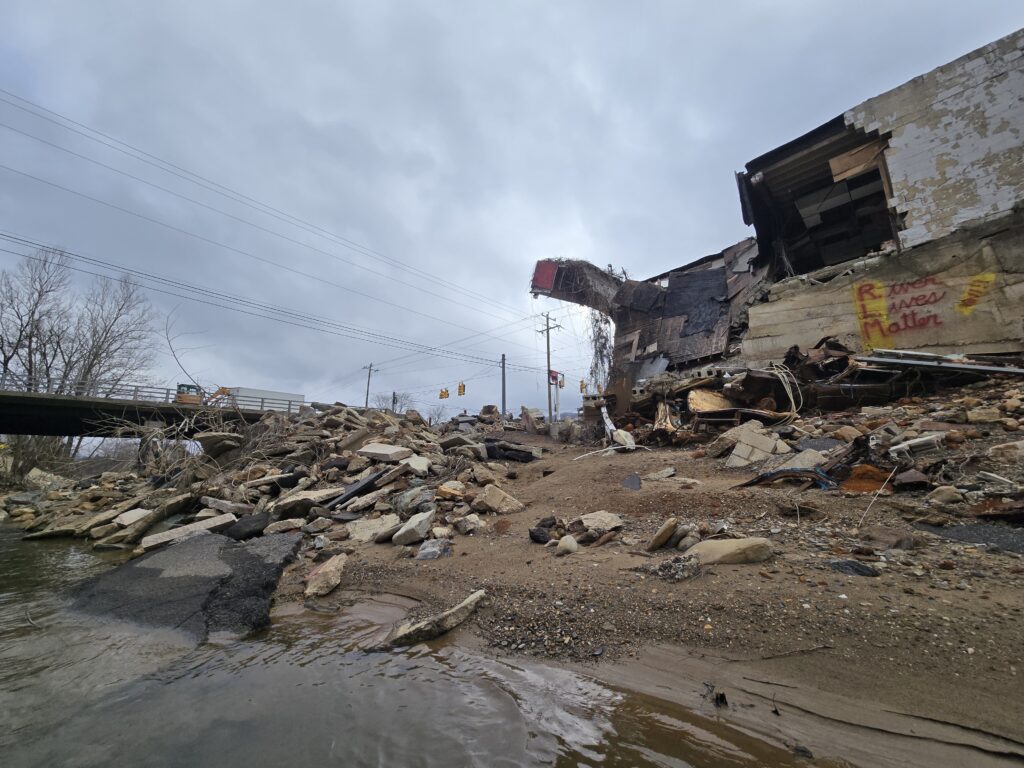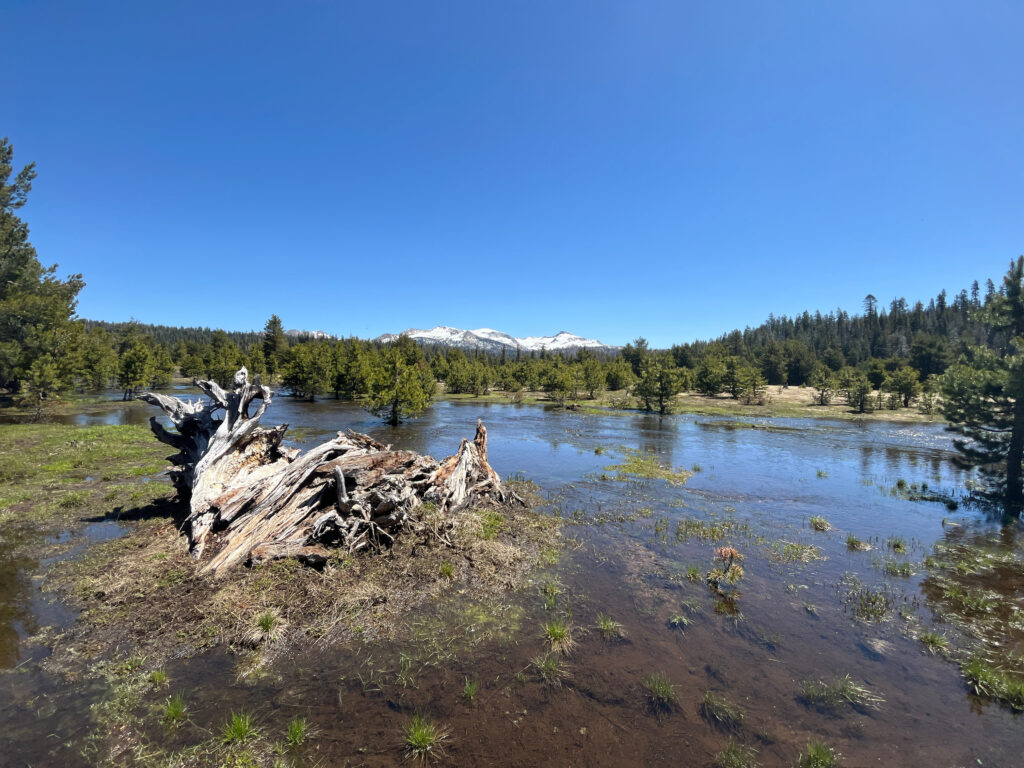What’s the Deal With Toxic Algae?
What to know about toxic algae, your health, and what to do about it this summer.
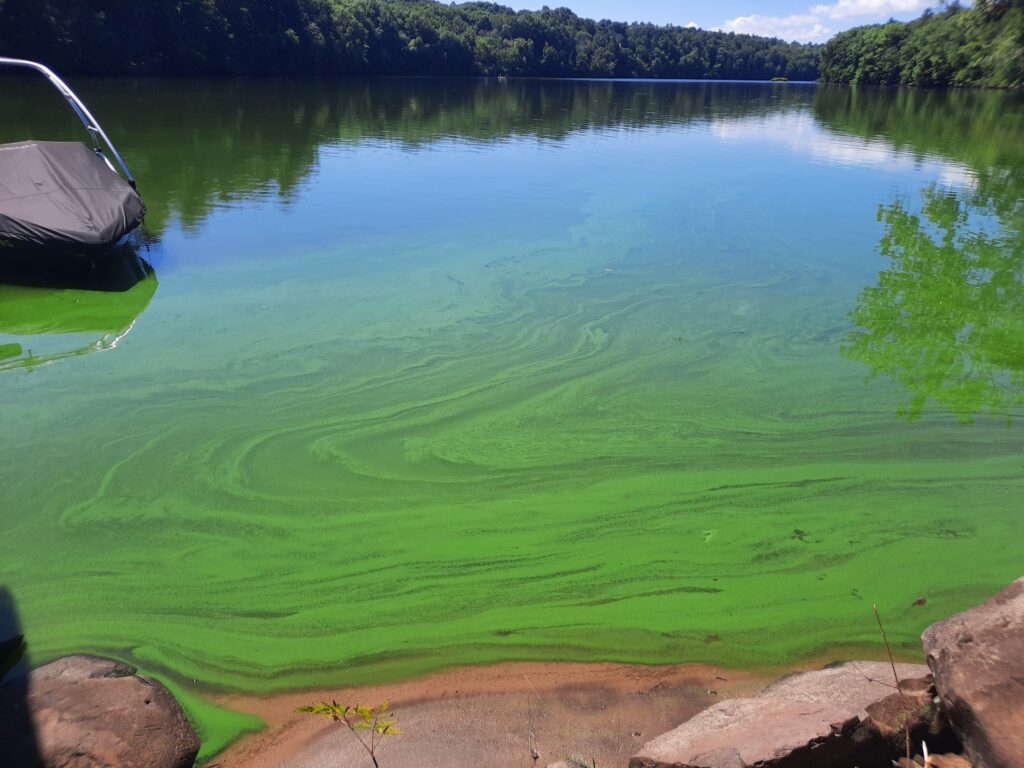
It’s summer, prime season to play in rivers and lakes. Unfortunately, summer is also toxic algae season, which impacts our ability to enjoy our public waters. Toxic algae are actually a type of bacteria often referred to as “algae” because it looks similar. It grows quickly — in what are called “blooms” — with a combination of warm temperatures with excess nitrogen and phosphorous from urban and agricultural runoff. By August, peak toxic algae month, blooms appear as green slime choking the water body or as bright floating mats of scum on the surface.
Toxic algae isn’t just unsightly; it’s a serious threat to our economy, drinking water supplies, and fisheries. That’s because it releases toxins into the water that can harm people and animals. Blooms can be toxic if consumed or touched, causing headaches, stomach pain, dizziness, vomiting, diarrhea, and liver damage. Inhaling the bacteria can cause skin and respiratory irritation. It can be fatal to dogs that swim in or drink the water. As the algae decomposes, it uses up the oxygen in the water, leading to fish kills.
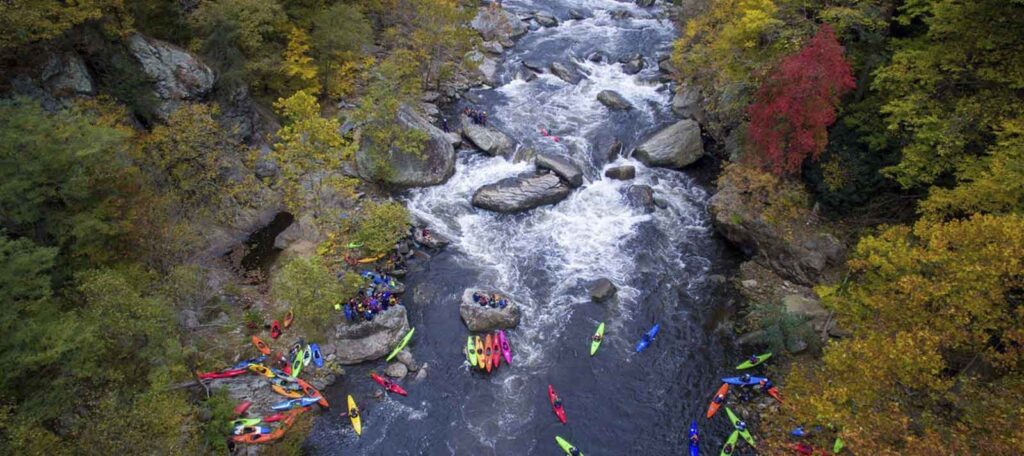
Let's Stay In Touch!
We’re hard at work for rivers and clean water. Sign up to get the most important news affecting your water and rivers delivered right to your inbox.
Toxic algae outbreaks have been growing in intensity and frequency, thanks to the increased use of fertilizers and rising temperatures associated with climate change. In 2023, heat waves as a result of El Niño made for a particularly bad year. A toxic bloom off the coast of California left hundreds of sea lions and dolphins sick or dead. In Utah, blooms in the Virgin River and Utah Lake killed two family dogs and sickened more. Toxic algae covered half of Lake Okeechobee’s 730 square miles in Florida and 312 square miles of Lake Erie. Other severe outbreaks appeared in Kansas, Texas, and Oregon.
In past years, toxic algae outbreaks in drinking water supplies have resulted in advisories for children, pregnant women, and nursing mothers to avoid drinking the water; and left hundreds of thousands of people in urban areas without drinking water for multiple days. A Center for Disease Control report from the 2021 toxic algae season recorded 117 cases of human illness and nearly 3,000 animal cases.
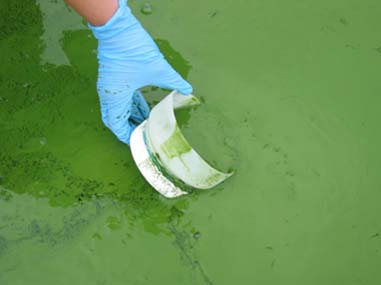
There are ways to reduce pollution into waterways, particularly on the local level. When we alter natural landscapes, we change the way water moves over the land and what it carries: think rainfall washing fertilizer off lawns and farmlands to contaminate local streams, or parking lots and rooftops preventing rain from soaking naturally into the ground. But we can reduce our use of fertilizers, update our infrastructure to eliminate sewage overflows, and increase green infrastructure in cities and towns — like installing green roofs, planting more trees, creating rain gardens, and making space for more natural areas — to naturally absorb and minimize pollution that flows into our waters.
“At the national level, it’s essential that we strengthen clean water safeguards. All waters are connected, and pollution anywhere threatens our communities and our drinking water. We need Congress and the administration to make clean water and healthy rivers a top priority.”
– Gary Belan, Senior Director, Clean Water Supply, American Rivers
And remember to check local advisories, including park alerts, local news, and public health websites, for toxic algae blooms before heading out to play in your public waters this summer.

